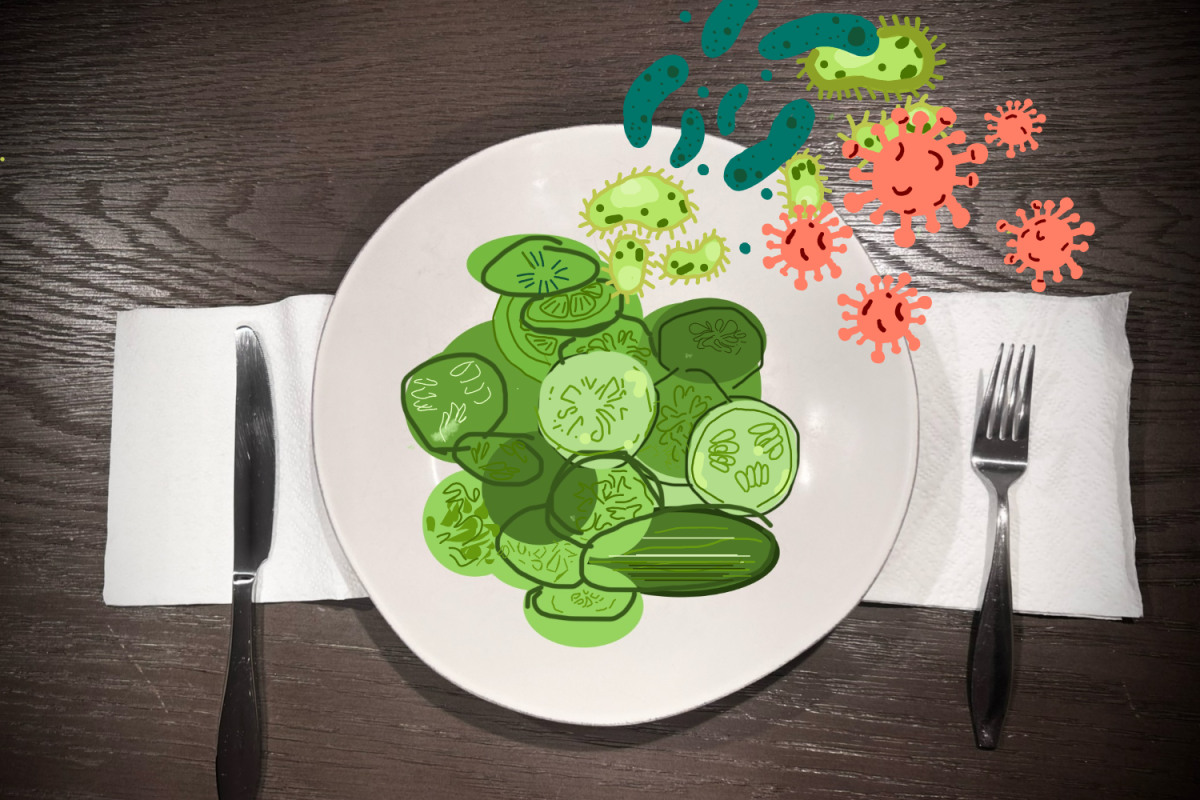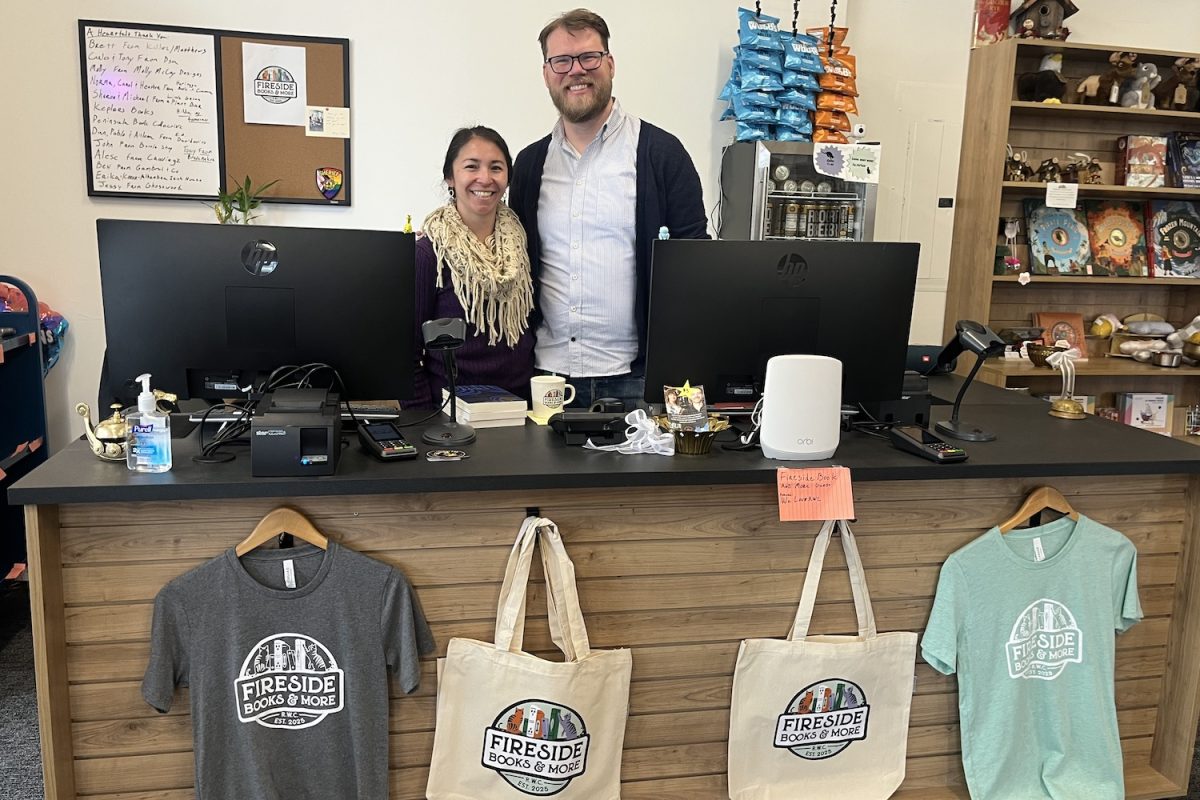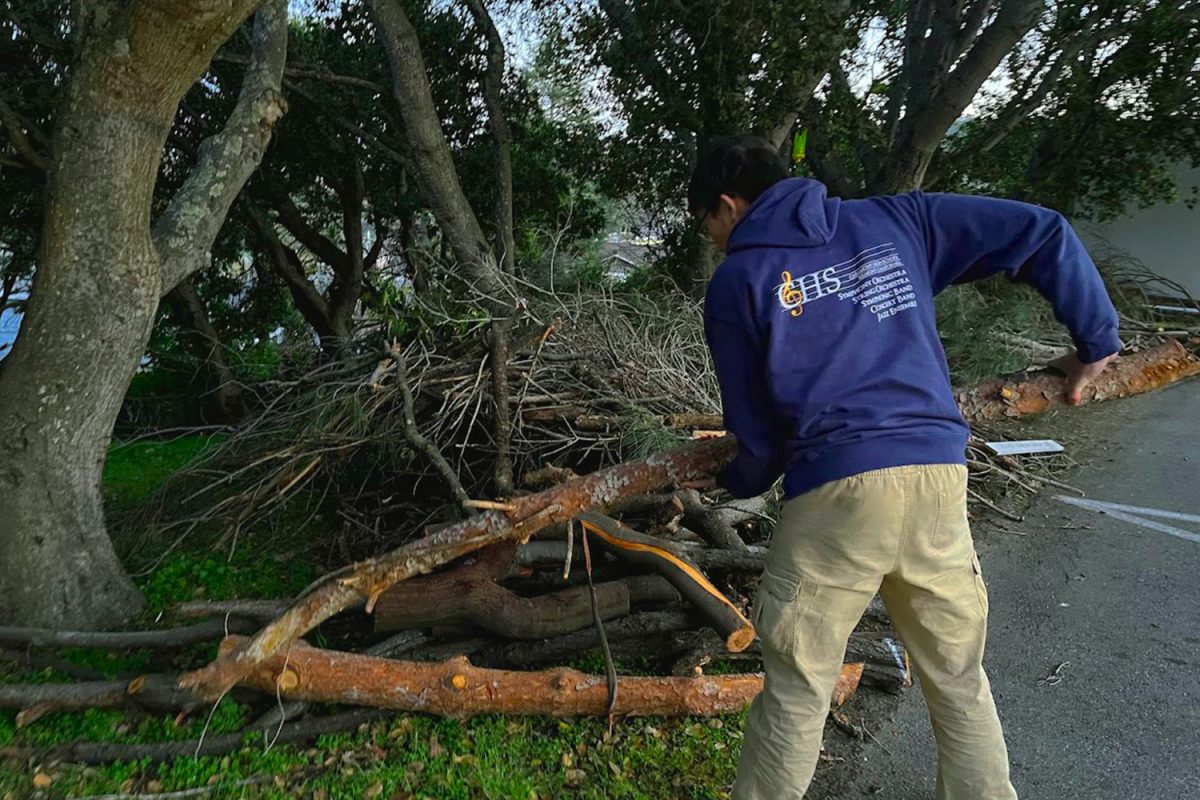Salmonella infections linked to recalled cucumbers caused a recent outbreak, reigniting food safety concerns in the U.S. Sixty-eight cases spanning 19 states, including California, have been reported of catching the illness as of Nov. 26.
For centuries, food poisoning has been an issue, leading to severe illnesses and even death. According to the Centers for Disease Control and Prevention (CDC), food poisoning claims the lives of approximately 3,000 people each year.
While technological advances have revolutionized food production, contamination remains an important national public health concern. From Salmonella in basil and eggs to E. coli in McDonald’s Quarter Pounder hamburgers traced to onions, foodborne pathogens continue to affect Americans across the country.
Salmonella outbreaks, like the one linked to cucumbers from Sonoma, Mexico, are not isolated incidents. The CDC is suggesting that consumers dispose of these cucumbers and thoroughly sanitize any surfaces they may have touched.
“I didn’t know that foodborne illness is a major issue in the U.S. today. I heard about food poisoning from McDonald’s, but I didn’t think it was a nationwide problem,” said Carlmont High School teacher Josephine Dequina.
Food safety gaps persist
Ella Phun is the president of the Public Health Club at Carlmont, and she says that there are gaps in food safety practices and the need for stricter restrictions.
“Although I think many improvements and regulations have been put in place to improve food safety, they are still very prevalent, and outbreaks occur each year,” Phun said.
Contamination risks can arise from improper food handling, cross-contamination of utensils, and unsafe storage practices. Phun believes education on these topics is crucial for reducing the prevalence of foodborne illnesses.
Simple preventative measures, like thorough hand washing, cleaning utensils between uses, and properly washing produce, can significantly reduce contamination risks.
The CDC has advised consumers to identify the recalled cucumbers by their packaging: bulk cardboard containers labeled “Pamela” or “SunFed,” white boxes or black plastic crates with “Agrotato, S.A. de C.V.” stickers, or clear plastic packages with seven-digit lot code starting with “X.”
High-risk foods and best practices
Certain foods, such as sushi and raw fish, carry higher risks for Salmonella and other pathogens.
Sam Martin, a food safety expert at Microbac Laboratories, suggests that fish should be frozen at minus four degrees Fahrenheit for at least a week to remove parasites. He also advises inspecting thawed fish for freshness and avoiding slimy textures or discoloration.
“Cooking is the only guaranteed way to destroy bacteria,” Martin said.
Phun reiterated that vigilance is essential when handling foods prone to contamination.
“It’s very easy to encounter pathogens like Salmonella and E. coli in everyday foods — eggs, flour, and uncooked meats, for example,” Phun said.
A historical and modern threat
Food poisoning is not a new phenomenon. The first documented case of food contamination dates back to 323 B.C. when Alexander the Great reportedly passed away due to typhoid fever caused by Salmonella typhi. Today, despite improvements in food safety, outbreaks remain a global issue.
“While the types of illnesses and their causes vary, their presence has been relatively consistent over the past decade,” Phun said.
The rise of modern conveniences, like food delivery services, introduces new risks. Improper handling or storage can create conditions for bacteria to thrive.
“People can mishandle food or leave food out at the wrong temperature, which can cause bacteria to form. I also think that it can cause more cross-contamination with foods, like raw foods touching ready-to-eat foods, if not stored or packaged properly,” Phun said.
While many Americans have been fortunate to avoid food poisoning, its effects can be severe.
“While I haven’t personally experienced food poisoning, I have had a couple of friends who have. Though it is not something I have dealt with, I have heard that the symptoms and recovery time varies person to person and depends on the severity of their illness,” Phun said.
As Americans demand stricter food safety regulations and greater accountability, the hope is that such outbreaks will become less frequent. Education and awareness are key to this effort.
“It’s crucial to include topics about proper food handling and food poisoning in schools and raise awareness through campaigns,” Dequina said.
For now, vigilance and proactive measures remain the best defenses against foodborne illnesses, ensuring that the food we eat is both safe and nourishing.












